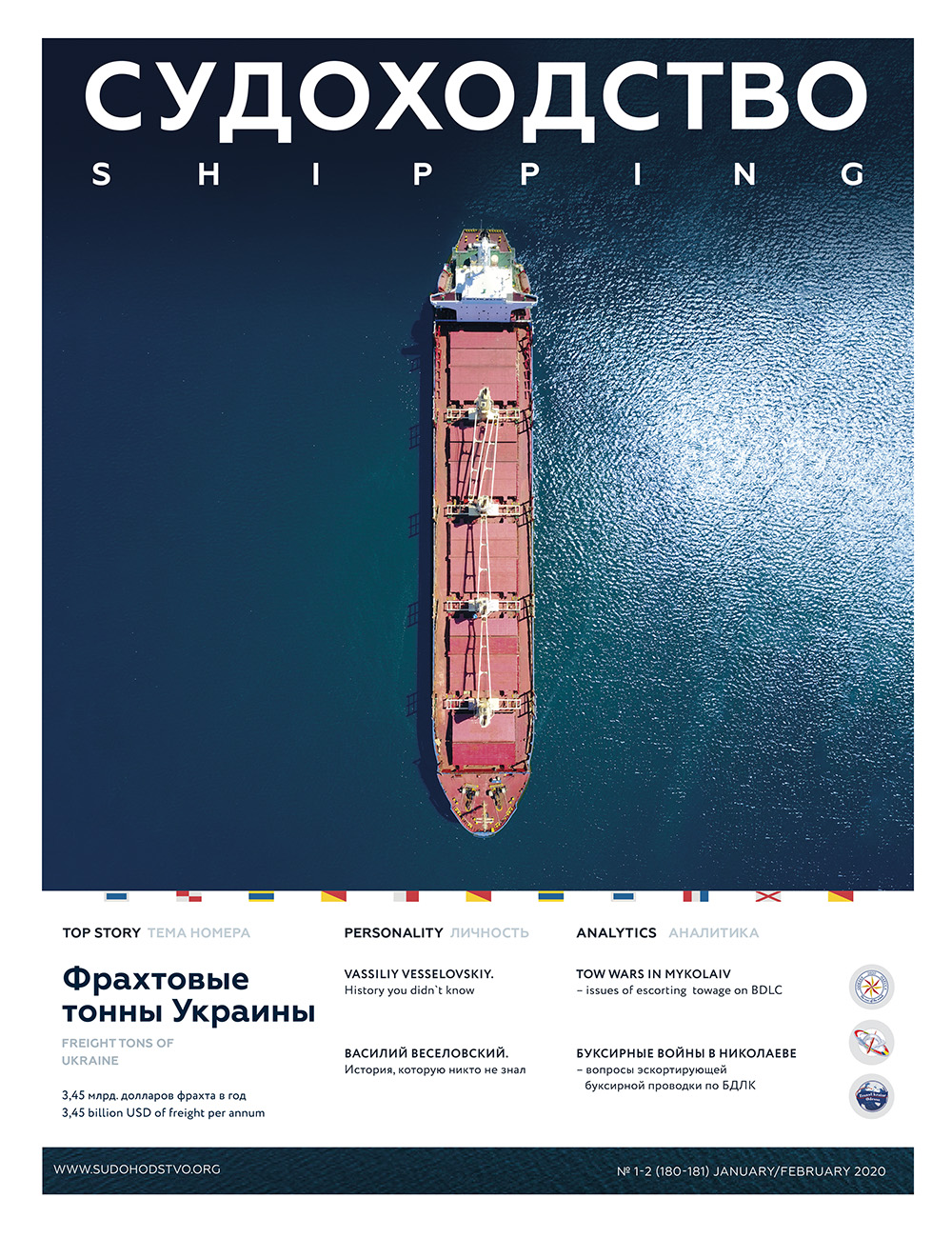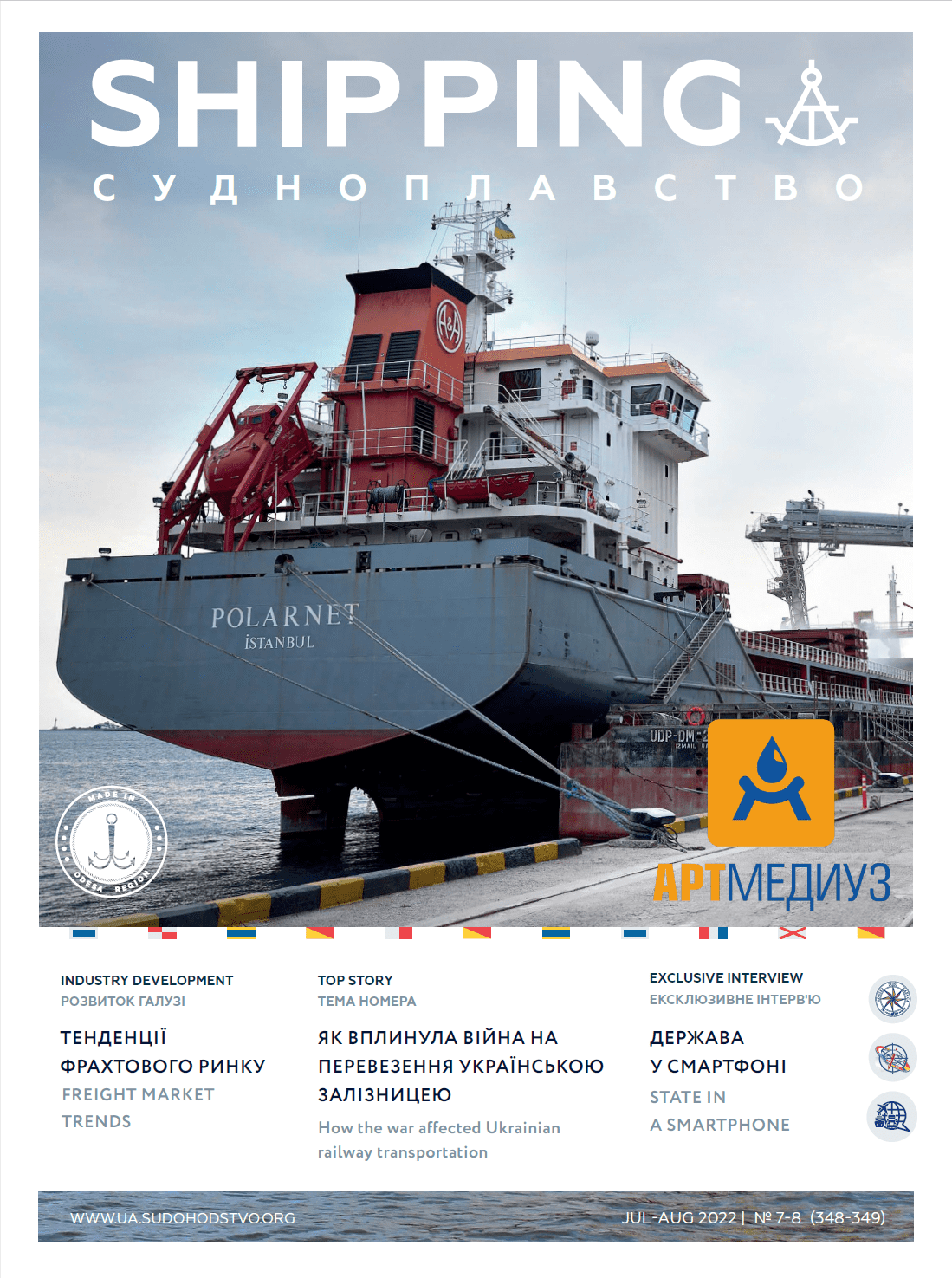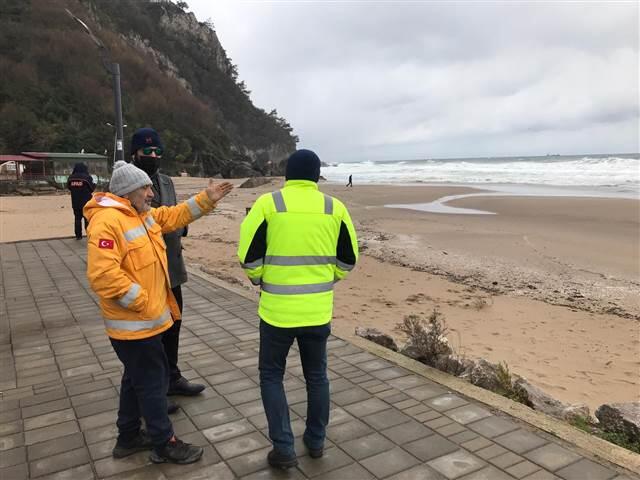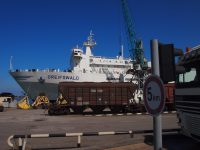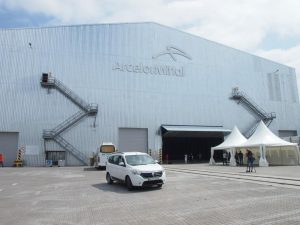Demand in the North America-ECSA container trade is expected to see gradual improvement during 2018, shipping consultancy Drewry said. There is evidence of a demand recovery in this trade, “but slow economic reform and political uncertainty will make it a tough grind.”Container traffic in the headhaul East Coast South America to North America trade fell by 1% in the first quarter 2018 to 137,000 TEU. Brazil dominates the northbound leg with an approximate 85% share, leaving the remainder to the ‘Plate’ economies of Argentina, Uruguay and Paraguay. The slowdown in traffic from Brazil in the first quarter was the result of significant waning in US demand for major commodities such as stone materials, iron and steel, and plastics. Trade was more buoyant in the opposite direction as southbound container volumes rose by 2% year-on-year in the first quarter. Much of the impetus occurred in January when annual growth touched 20%, before softening in February and declining in March. Once again, Brazil takes the lion’s share of the trade, but to a lesser degree than in the northbound leg, this time accounting for some 70% of ECSA imports from North America. There are only five weekly services operating in the North America-ECSA trade, four of which deploy a total of 30 ships of approximately 6,000 TEU in size and one service using nine vessels of 3,400 TEU.
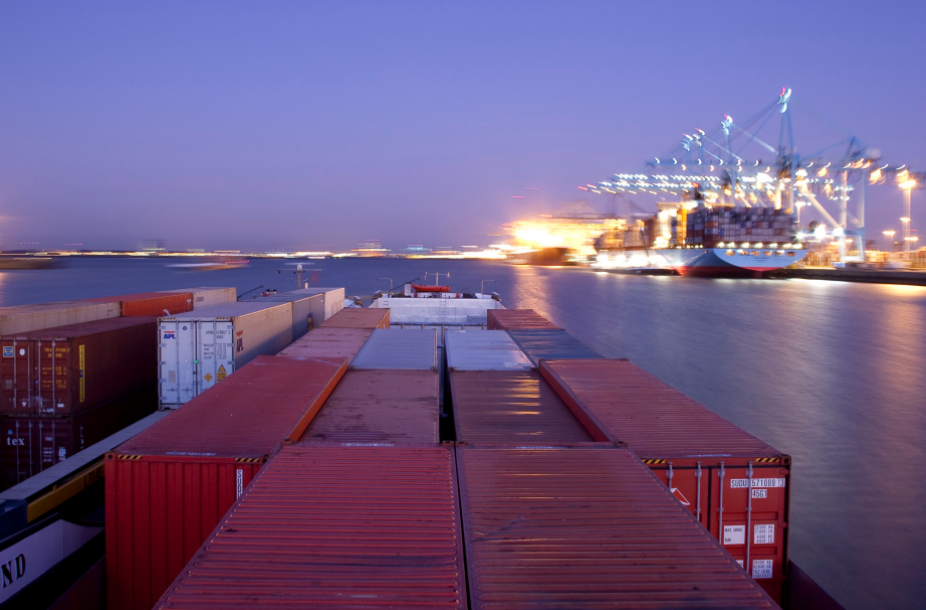
As of April 2018, the four major players in the trade were MSC (operating nearly 30% of nominal capacity):
- Hamburg Sud/Maersk Line (27%)
- Hapag-Lloyd (23%)
- CMA CGM (15%)
Based on forward schedules Drewry anticipates that capacity will rise in May and June because of an extra loader and ship upgrades on the MSC/Hapag-Lloyd/ONE – GS1/US Gulf/ANG service, taking the average ship size on the loop from 6,100 TEU to 6,230 TEU.
“The decision to operate an extra loader is puzzling considering how over supplied the trade is,” Drewry said, adding that ships on the southbound voyage are probably not even half full while on the northbound leg ship utilisation has struggled to get much above 60% in the past year or so.
With such poor utilisation, North America-ECSA spot market freight rates tend to stay in narrow, low band. Benchmark spot rates from Santos to New York were about USD 2,600/40ft in April, where they have resided for most of this year, while New York to Santos spot rates have stuck close to USD 1,200/40ft.




